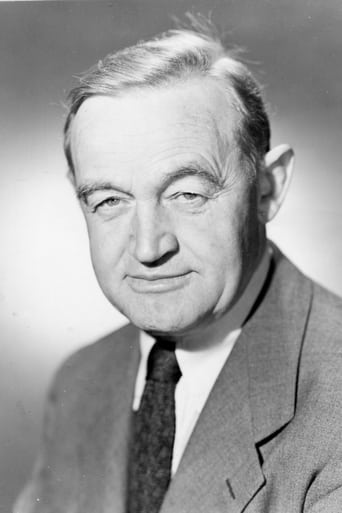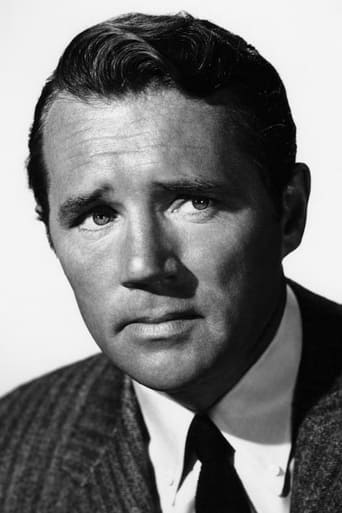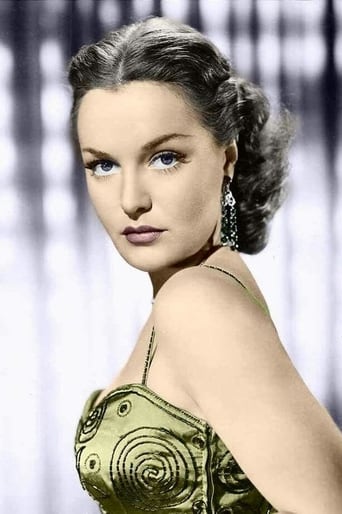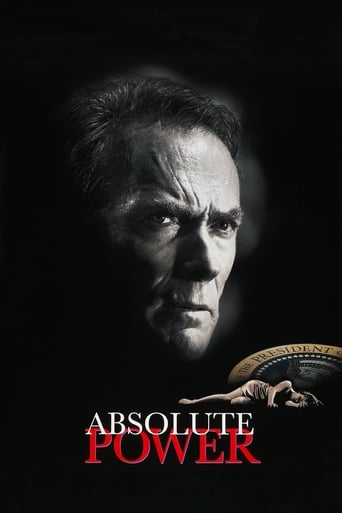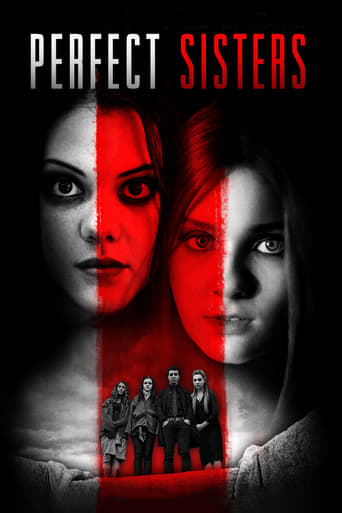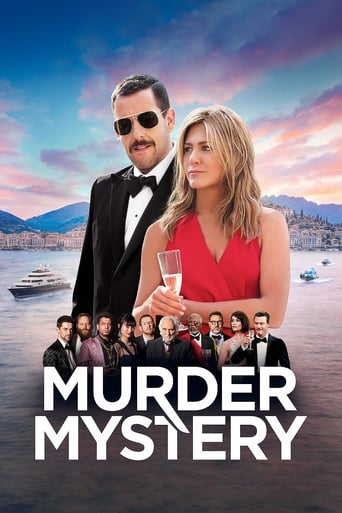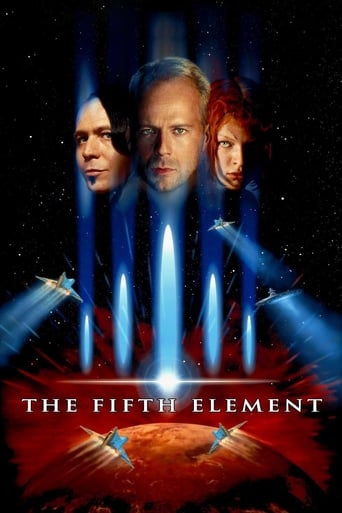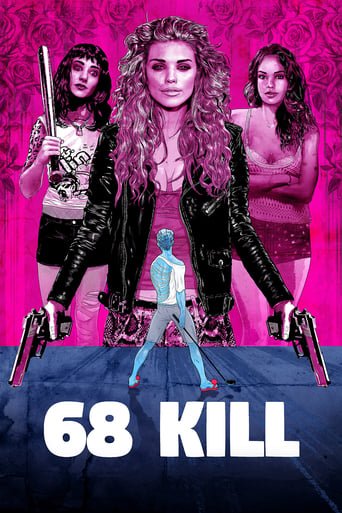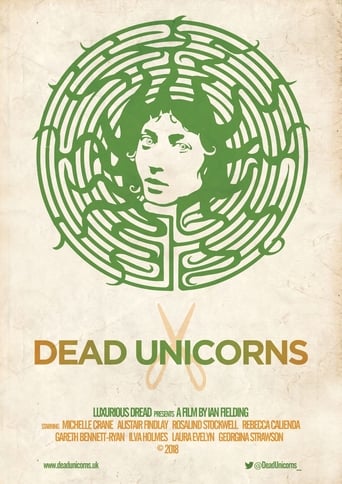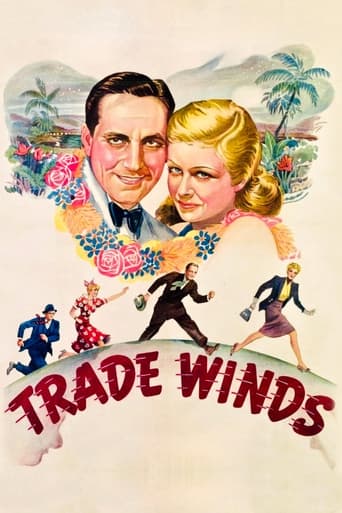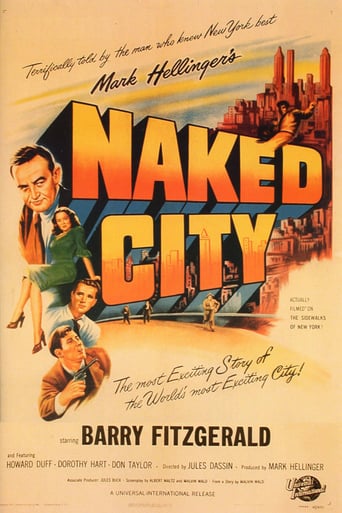
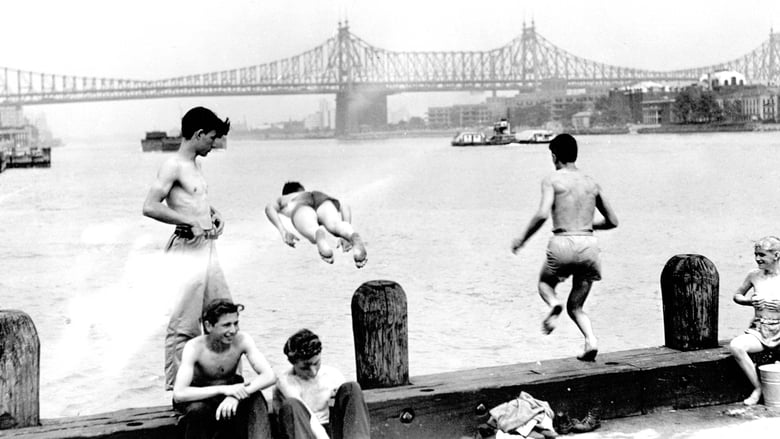
The Naked City (1948)
The Naked City portrays the police investigation that follows the murder of a young model. A veteran cop is placed in charge of the case and he sets about, with the help of other beat cops and detectives, finding the girl's killer.
Watch Trailer
Cast


Similar titles
Reviews
The NAKED CITY is a film that has a strange modern tone. This my statement does not apply to authentic locations or semi-documentary style. I think that tone creates gorgeous, bizarre and humorous narration. Great narrator observes the lives of ordinary people "from above".The film was made with a lot of style. At the heart of the story is killing beautiful and hot models in New York. However, the action takes us to every corner of the big city and the privacy of ordinary people. Fiction is well hidden until the very end, that detective pursuit. Then the film goes into a good detective story.Drama is superficial, details are special, but repetitive and somehow give the impression of the daily routine. Daily routine does not follow the story of the film. This movie is certainly not an ordinary day in the big city. It is true that the big news, such as murder, very soon forgotten. However, leave traces.Acting is not at all special. Standard in a detective story. Barry Fitzgerald as Detective Lt. Dan Muldoon definitely stands out, but I do not see any specialty. I think the director has not cleared himself. Focus on the city or the citizens? It is a question !?
It was one of those cold, wet days when movies (in the immortal words of Patton Oswalt, writing in SILVER SCREEN FIEND) "started to blend together into one massive, daymare-fueled meganarrative." First, there was THE HARDER THEY FALL, one of the greatest boxing movies ever made (Or was that one the day before...?); then, THE NAKED CITY, followed by THE ASPHALT JUNGLE and THE MALTESE FALCON- all courtesy of Turner Classic Movies, one of the few "premium channels" truly worthy of the designation. "Rain and comfortable cold," wrote Oswalt: "Paradise for a movie-freak moleman like myself." I'd never seen THE NAKED CITY before (though I'd wanted to) and it came as a pleasant surprise. For one thing, the humor caught me by surprise- and Barry Fitzgerald as "Muldoon" was firing on all cylinders. (I would've preferred it had Fitzgerald himself done the narration- it fit his character's temperament perfectly- "to a T," as in T-Men, to belabor the point...) The inclusion of another professional wrestler in a pivotal part made THE NAKED CITY very much "a Jules Dassin" movie (to me, anyway, having just recently seen NIGHT AND THE CITY). The overall feel of the film was somehow timeless and, again, I'm reminded of another Oswalt observation in SILVER SCREEN FIEND: "You are given the space of a film to STEAL TIME. And the projector is your only clock." Not a bad way to spend a cold, rainy day.
Here I discuss primarily about cinematic space.The city as it is. But in spite of the spirited intention, producers probably wisely thought there has to be a crime for the audience to follow. Even Italians in their neorealism had to have a stolen bicycle, the ruins alone wouldn't do. The crime story is neither exceptional nor uninteresting, at any rate it is the thread that takes us through lives and places, wonderful places. It is thanks to that to and fro that we visit hairdressers and pharmacists, East Side and Staten Island neighborhoods.A few things about the placement of the eye. What is real is continuously reconstituted as we are by the worlds we create, always becoming. A Tony Scott film would have been fundamentally incomprehensible to a 1860s audience. So now the camera seems stagy, always cleanly framing the movement. The situations too, cleanly framing 'for' the camera a joke, a reaction or a witticism. Curiously, a narrator walks us through the film, and even narrates for the everyman on the street—forcing clean thoughts. (basically, everything about this narrator's position is odd and deserves deep inspection)Shadows would change every one of these things in ten years time.Cassavetes burrowed deep, his principle was that the integration of life around the eye decides. What is real, really seen, is a matter of finetuning the perception of the encounter, a dynamic process. In other words, it's not a realistic shot alone but the emerging view. Now this wasn't the first film of this sort, twenty years earlier a guy called Mamoulian had shot on location in Manhattan. Wonderful film, his Applause. But stringent melodrama in the plot. From Applause to this to Shadows, it's largely the understanding of life that changes.Dassin in Rififi, his first exilic movie, would silence this omniscient American narrator-god who can dictate peoples' thoughts for them.And isn't the understanding a matter of invention? In order to get the shots of New York streets, Dassin had to film with a hidden camera, still an issue. Taking a camera to people is like throwing a rock to study birds in their natural state, the presence of the eye fundamentally scares the real. To get around this, Dassin had to stage artifice: sometimes a juggler would distract crowds, sometimes a man was hired to climb on a post and wave a flag while giving patriotic speeches! Forgery, all so he could capture life unaware. I think this so very amusing and cool.But in its intended reach, seeing is as though it was new, the movie must have had the effect of an early Scorsese film in the 70s. Still a movie, but the situations, streets and character lives are a little more real than usual by Hollywood standards.If now the template seems so familiar, TV is to blame. Sure enough, this was made into a TV cop show, many more followed in this vein. Which may be a potent explication of the TV effect, realism becomes template, passage becomes handle. A TV series broadcasts not an original world so much as the habitual life. I hear this is changing these days, which makes me wonder just what is being turned into template?Noir Meter: 2/4
Winner of two Oscars: Best Cinematography, Black-and-White for William H. Daniels, and Best Film Editing for Paul Weatherwax. Malvin Wald was also nominated for an Oscar for his screenplay.This docu-drama stars Barry Fitzgerald. I watched him the other night in The Quiet Man, and I remember him fondly from Going My Way, for which he got an Oscar.An interesting tidbit about Fitzgerald: There have been 11 actors nominated for two Oscars in the same year; most recently Cate Blanchett for Elizabeth: The Golden Age and for I'm Not There. Fitzgerald is the only actor who got two nominations for the same film. They gave the Best Actor award to Bing Crosby, and the Best Supporting Actor to Fitzgerald.They had a tendency to overact back then, but that is part of the charm of the movie.No fancy CSI, just old fashion police work; wearing out the shoe leather.


